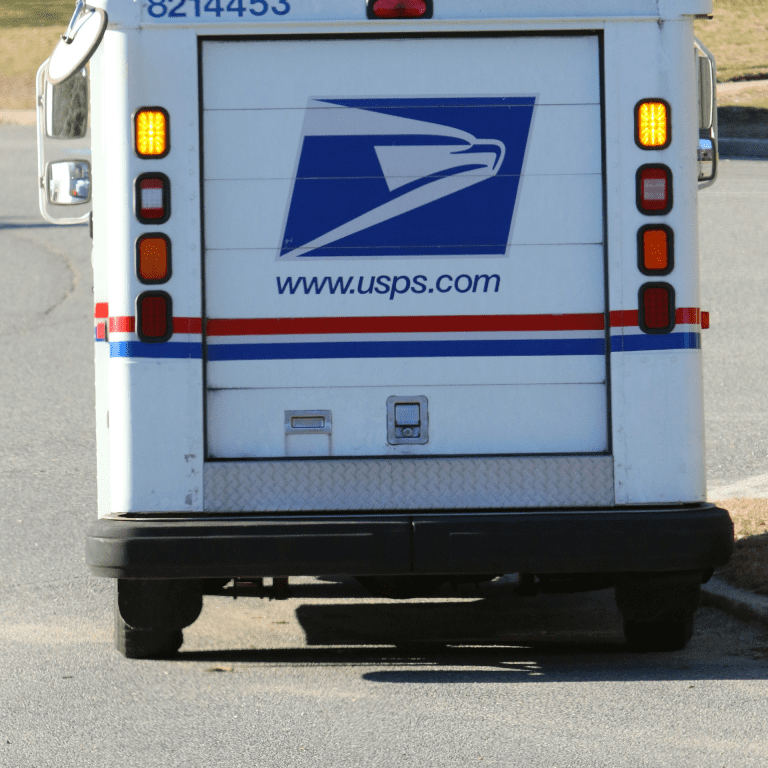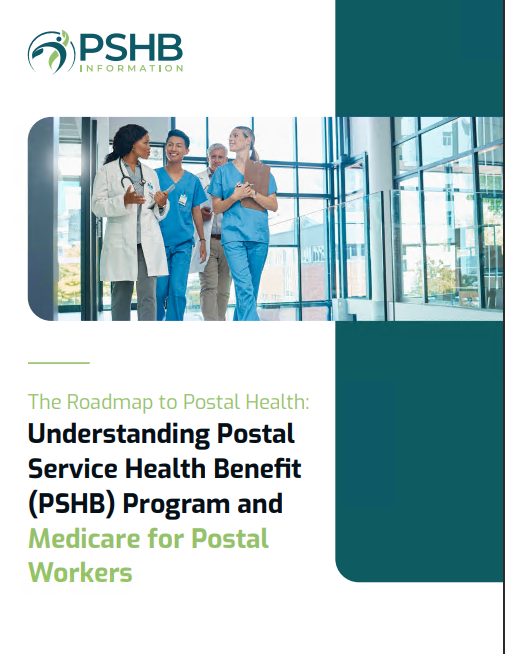Key Takeaways
-
Comparing PSHB plans doesn’t have to be overwhelming if you focus on a few core benefits like premiums, deductibles, out-of-pocket limits, and Medicare coordination.
-
The Open Season from November to December is your golden opportunity to switch or stick with a plan that fits your medical needs and budget.
Welcome to the PSHB Maze—Let’s Simplify It
If you’re a USPS employee or retiree, the switch to the Postal Service Health Benefits (PSHB) program might feel like you’ve been tossed into an insurance maze. You’re not alone if you’ve been staring at a plan brochure and wondering what half the words even mean. Coinsurance, out-of-pocket max, deductibles—yeah, it can sound like another language.
But here’s the thing: you don’t need to be an expert in health insurance lingo to compare your PSHB options effectively. You just need a strategy—and that’s what this article is all about.
Understand What PSHB Actually Covers
Before you dive into comparing plans, it helps to get a general feel for what PSHB covers. Most plans include:
-
In-network and out-of-network doctor visits
-
Hospital stays and surgeries
-
Emergency services and urgent care
-
Prescription drug coverage
-
Preventive screenings
-
Mental health services
-
Maternity and newborn care
Every plan includes the basics, but how much you pay for each service can vary significantly. That’s where the real comparing comes in.
Know What You’ll Pay—And What You Won’t
Let’s break down the terms you’ll see in every PSHB brochure:
Monthly Premium
This is your regular payment just to keep the plan active. It comes out of your annuity if you’re retired or your paycheck if you’re still working. The government usually covers about 70% of the cost, and you pay the rest.
Deductible
This is the amount you must pay out of pocket each year before your plan starts covering most services. Lower deductible plans generally come with higher monthly premiums—and vice versa.
Copayments
This is a flat amount you pay for certain services, like $20 for a primary care visit or $50 for urgent care.
Coinsurance
Instead of a fixed cost, this is a percentage. For example, if you have 20% coinsurance, you’ll pay 20% of the bill after the deductible.
Out-of-Pocket Maximum
This is your safety net. Once your costs hit this cap, your plan pays 100% of covered services for the rest of the year.
Don’t Skip Medicare Coordination
If you’re 65 or older and eligible for Medicare, PSHB plans coordinate with Medicare Part A and B. This matters a lot. Here’s why:
-
Lower Out-of-Pocket Costs: Many PSHB plans waive or reduce deductibles and copayments for members who also enroll in Medicare Part B.
-
Better Prescription Drug Coverage: You’ll automatically be enrolled in a Medicare Part D EGWP (Employer Group Waiver Plan), which replaces any other Part D coverage.
If you’re not already enrolled in Part B and you’re retiring in 2025 or later, you may be required to sign up to keep your PSHB plan. So plan ahead.
Weigh the In-Network vs. Out-of-Network Coverage
PSHB plans often offer different cost-sharing for in-network vs. out-of-network services. Always check:
-
Whether your current providers are in-network
-
What the out-of-pocket costs look like for both networks
-
If you travel frequently, how your plan covers care out of state or in emergencies
The network size and accessibility can make or break how convenient and affordable your care will be.
Think Long-Term: Your Annual Out-of-Pocket Limit Matters
Don’t just look at what you’ll pay month to month. Instead, picture a worst-case scenario—hospital stay, specialist visits, physical therapy. How fast will you reach the out-of-pocket max? Some plans have a limit of around $7,500 for Self Only coverage, and up to $15,000 for Self Plus One or Self and Family. That’s your financial ceiling.
If you’re dealing with chronic conditions or expecting upcoming procedures, this number could be more important than the premium.
Dig Into Prescription Coverage
All PSHB plans include prescription coverage, but the details vary widely:
-
Formulary tiers (generic, brand-name, specialty drugs)
-
Mail-order options
-
Cost-sharing amounts for different tiers
-
Whether Medicare Part D caps apply if you’re eligible
In 2025, the new $2,000 out-of-pocket cap on prescription drugs under Part D will provide significant relief—if your PSHB plan wraps that into your coverage.
Look for Extra Perks—But Don’t Let Them Distract You
Some PSHB plans offer extras like:
-
Telehealth services
-
Fitness memberships
-
Vision or dental benefits
-
Wellness incentives
These are nice to have, but don’t pick a plan just because it throws in a gym pass. Prioritize coverage that actually helps with your medical costs.
Consider How the Plan Works With Your Family Situation
Your needs will look very different if you’re covering just yourself versus a spouse or a full family. Check:
-
Self, Self Plus One, and Self & Family premium costs
-
Deductible and out-of-pocket limits for families
-
Whether your spouse or dependents need Medicare (if eligible) to maintain PSHB coverage
Each tier comes with its own price and protection levels. Choose what fits your household’s situation best.
Compare Side by Side—Not in Your Head
Trying to compare three or more plans mentally? That’s a recipe for confusion. Instead:
-
Use OPM’s plan comparison tool
-
Make a spreadsheet or chart
-
List each plan’s premium, deductible, out-of-pocket max, coinsurance, and perks
Seeing the numbers side by side will help you spot outliers and good value options fast.
Watch for Annual Changes During Open Season
Each year from November to December, Open Season gives you the chance to:
-
Enroll in a new plan
-
Switch between PSHB plans
-
Drop coverage if needed
Plan details, premiums, and coverage levels can change from year to year. Always review your current plan’s brochure and the upcoming year’s updates—even if you’re happy with your current coverage.
Don’t Ignore Your Eligibility Details
You’re eligible for PSHB if you’re a USPS employee or annuitant. But benefits vary depending on your:
-
Retirement date
-
Medicare eligibility status
-
Whether you’re currently enrolled in FEHB or PSHB
If you’re not sure what you qualify for, contact HR or a licensed agent for help before making your pick.
Ask Yourself These Questions Before Choosing
-
Am I likely to reach my deductible this year?
-
Do I plan to retire soon?
-
Is my doctor in-network?
-
Are my medications covered affordably?
-
How does this plan handle Medicare coordination?
-
Can I manage a higher deductible if the premium is lower?
Your answers can steer you toward a plan that actually matches your real-life situation instead of just looking good on paper.
Don’t Let Jargon Keep You From Making a Smart Choice
Health insurance lingo may sound complicated, but when you break it down, the PSHB comparison process becomes a lot more manageable. Whether you’re gearing up for retirement or just starting your USPS career, knowing what to look for can save you money and frustration down the line.
Take the time this Open Season to review your options carefully. And if you’re stuck? A licensed agent listed on this website can help you walk through it step by step.









